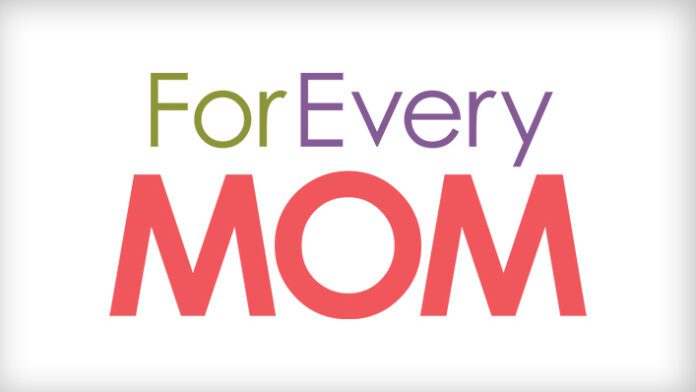Ah, autumn. A time of back-to-school, falling leaves, and chilly air.
Even with all of the nostalgic fun and pumpkin spice everything that autumn brings, there are some new health risks your baby or small child may face as summer changes to fall. Without specialized advice and some autumn health and safety tips, you could end up being over-protective with the little one instead of being proactive. Here’s the information you need to keep the seasonal climate transition under control and your mind at peace.
Autumn Health & Safety Tips For You and Your Child
Limit the Time Your Kids are Exposed to Leaves
The colorful leaves that make a crisp sound when you walk on them are the first signs that autumn is around the corner. Kids enjoy jumping on piles of autumn leaves carefreely. But playing with those colorful leaves can up their risk of:
- Scratches and injuries: Leaf piles can hide sticks and small rocks that might harm your child and even up their fall risk. Moreover, if the pile has been lying in the backyard since last week, it might hide bugs, spiders, frogs, or even snakes.
- Mold exposure: Wet leaves gather harmful bacteria and mold. If your child is allergic to mold, leaves might trigger an allergic reaction. Children with asthma might have more severe reactions.
- Parasite exposure: Think about autumn leaves as homes to parasites that come from trees. Touching leaves or raking them means getting in contact with parasites. If the leaves are close to the woods, then there is a higher risk to be exposed to more parasites than otherwise.
How to be proactive:
- Limit the time your child spends near piles of leaves. If your child is allergic or has asthma, give them a respirator mask while playing in the yard.
- Avoid leaf piles by disposing of them right after raking.
Keep Your Home Warm
Crisp autumn days may not have you worried about keeping your home warm – yet. However, those 70 degree temperatures take a dramatic turn after the sun goes down, so it’s important to make sure you heat the house and lower the risks of letting cold overnight temperatures sneak in. Living in a cold house can cause:
- Common cold: The cold is a viral infection that is associated with a runny nose, coughs, and nasal congestions. Fever sometimes appears in the early stages of a cold. Although the condition may appear year round, children develop the disease so often in autumn that it earned the name of back-to-school plague. You can also protect your child with the flu shot.
- Strep throat: Some school-age children may get a sore throat, stomachache, and headache. Those are symptoms of the strep throat. Severe cases include high fever and vomit. The infection can be treated naturally but might lead to later complications.
- Croup: The condition comes with a bright and noisy symptom; your child suddenly starts coughing. You might also hear a high-pitched noise, similar to whistling when the child breathes. Croup symptoms get worse when the child is exposed to cold and dry air in autumn or winter.
How to be proactive:
- Check the indoor heating system, ducts, and vents. Call an HVAC expert to test the output, and correct potentially dangerous carbon monoxide levels.
- Verify and replace fire extinguishers; change the batteries of smoke detectors. Fire safety should be a priority before the cold season.
- Purchase a programmable thermostat to lower the energy bill while keeping the home warm.
- Sweep the chimney. Store the firewood at least 30 feet away from the house, fully covered.
Close the Pool Before Weather Gets Cold
If you live in a four-season state, then the end of summer means that you will have less opportunities to go outside for a swim. At home, keep the pool area safe and out of kids reach to prevent the following risks.
- Falling: If you left children’s toys in the pool, children will be tempted to get into the pool. This is dangerous during the summer, but falling temperatures during the autumn months make falling into a cold pool an even greater threat.
- Exposure to chemicals: Many people with a pool that they no longer use during the colder months, store pool chemicals in the water. Instead, those cleaning and safety agents should be kept in the garage, away from children.
How to be proactive:
- Remove toys and furniture from the pool area.
- Install the pool safety cover.
- Secure the area with a fence and a gate and install a designated alarm.
Equip Your Child for the Road
Autumn comes with less daylight, so children who walk or ride a bike to school will need to be outfitted accordingly for the autumn afternoons and evenings. According to a study, the rate of serious bicycle accidents involving children jumped 50% over just one decade. Work with your kids to identify a safe route to and from school, and ensure they are equipped with the following:
How to be proactive:
- Make sure your child wears backpacks and jackets with reflective materials whenever riding a bike.
- Talk to your children about the importance of following all the rules of the road and riding the bike only on well-lit roads.
- Additionally, allow your children to wear sunglasses. The sun is lower in the sky when winter is near, so you might want to minimize the risks of visual impairment.

Educate Your Child for School
A first-grader has a lot to learn at school. But there’s also something to be said for what a child has to learn ABOUT school. Whether it’s teaching your child proper etiquette, how to respectfully behave in the classroom, or about dangers that lurk on the playground, education starts at home.




